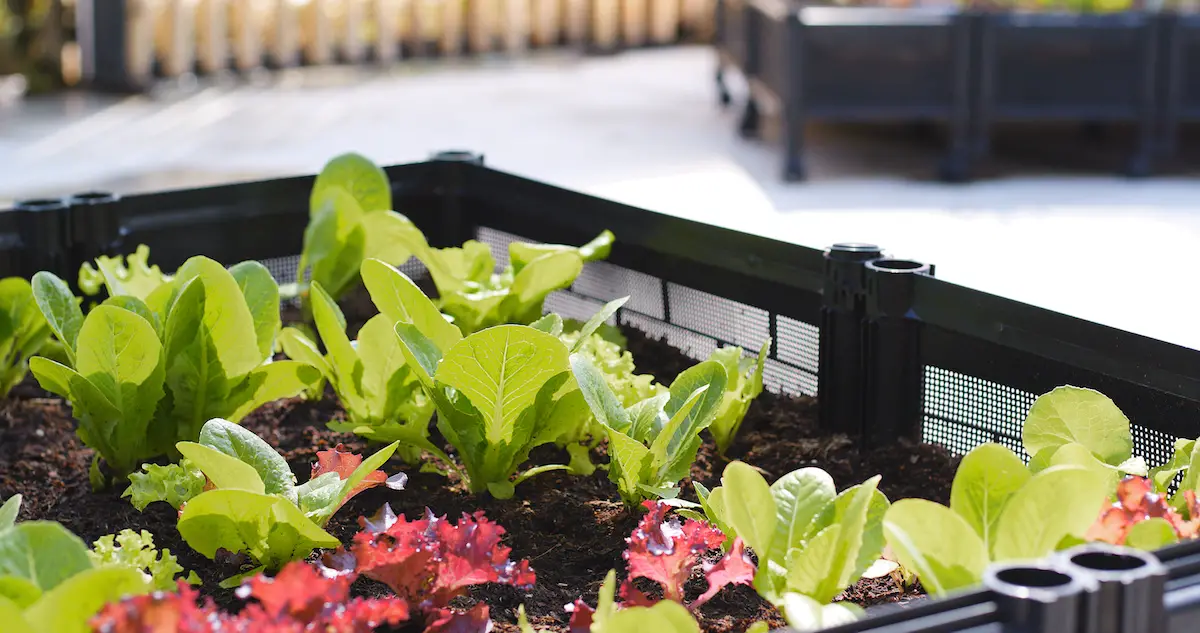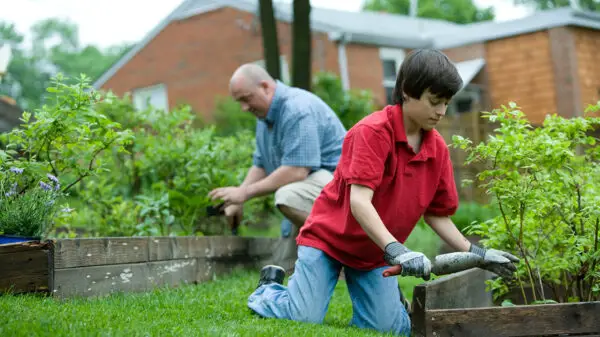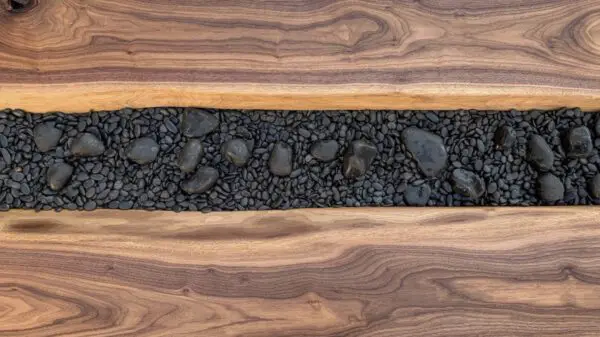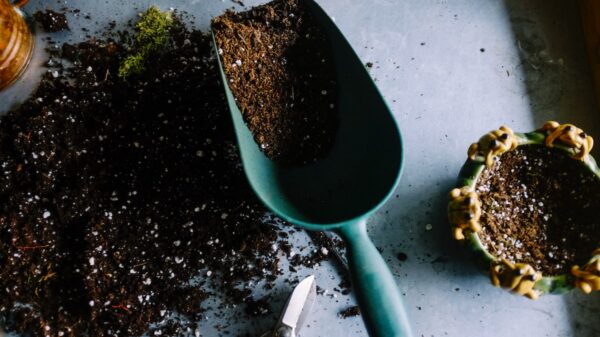Best Small Space Crops To Grow In A Vegetable Microgarden
Are you an avid gardener looking for ways to make the most of your small space? Perhaps you’re new to gardening and want a way to get in on the fun without needing acres of land. No matter what type of green thumb you are, microgarden growing is an easy and fun way to produce tasty vegetables from a tiny patch! In this post, we will explore the best small space crops to grow in a vegetable microgarden. Read on to discover how can you grow vegetables in a microgarden and how simple it can be to reap big rewards with minimal effort.
What is a Microgarden in the Context of Vegetable Growing
Looking for an innovative way to grow your own fresh produce, even if you don’t have a large outdoor space? Say hello to microgardening! In essence, it’s exactly what it sounds like; growing a small garden in a tiny space. However, many wonder can you grow vegetables in a microgarden? Yes, microgardening is a great way to produce herbs and vegetables, even if you live in an apartment or have limited yard space. Containers can include coffee cans, plastic cups, and other small pots to grow your plants. With microgardening, you can easily create a sustainable food source, and experience the joy of watching your vegetables grow from seeds to a delicious harvest. Plus, it’s a fun way to involve the whole family in the process of producing your own food.
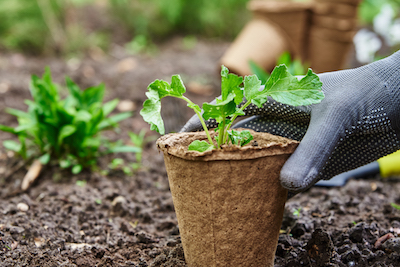
Benefits of Growing Vegetables in a Microgarden
So, can you grow vegetables in a microgarden? Yes! Growing your vegetables in a microgarden has never been easier and more rewarding. Not only does it allow you to produce your own fresh produce, but it also provides numerous benefits for your health and the environment. With a microgarden, you can become more self-sufficient and sustainable while reducing your carbon footprint. In addition, you have complete control over the quality of the vegetables you grow. You can ensure that they are organic, free of pesticides, and taste delicious. Microgardening is also a great way to get some much-needed physical activity while spending time in nature. So why not create your own microgarden and enjoy the many benefits it has to offer?
Tips For The Best Small Space Crops To Grow In A Vegetable Microgarden
If you’re looking to start your own microgarden, there’s no better time than now to give it a go. Whether you’re in a small apartment or have limited outdoor space, microgardening can be the perfect solution for growing your own fresh produce and herbs. To get started, it’s important to find the right spot for your microgarden, whether that be a windowsill, balcony, or small patch of ground. You’ll also want to consider the types of plants you want to grow and ensure they have the right amount of sun, water, and soil to thrive. From choosing containers to selecting the perfect seeds, there are plenty of tips and tricks to make your microgarden a success. So, why not give it a try and see how well can you grow vegetables in a microgarden?
5 Best Crops For Small Spaces
If you’re living in a small space or urban area, you might think that having an indoor vegetable garden is a far-fetched idea. But the good news is that you don’t need a large backyard to grow your own vegetables. There are plenty of veggies that thrive in small containers or pots, making them perfect for city-dwellers and those with limited space.
- tomatoes
- radishes
- carrots
- herbs
- peppers
- cucumbers
Get creative and experiment with growing cherry tomatoes, peppers, lettuce, and herbs like basil and parsley on your apartment balcony or windowsill. With a little patience and care, you can have a bountiful harvest of fresh veggies right at home.
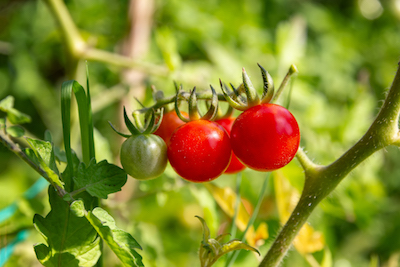
Popular Small Space Crops Requiring Less Maintenance
When it comes to agriculture, farmers strive to grow crops that require less maintenance and yield better results. There are several crops that fit this bill and have become increasingly popular over the years. One such crop is sweet potato, which is known for its high yield and low requirement for water and fertilizer. Another popular crop is garlic, which is easy to grow and requires minimal attention. Additionally, kale has gained popularity as a superfood and also requires very little maintenance. By focusing on these crops, farmers can spend less time worrying about upkeep and more time on the overall growth and success of their farm.
Other Considerations When Growing Vegetables in Small Spaces
When deciding to grow vegetables in small spaces, there are a few other considerations to keep in mind beyond just the size of the space.
- First, you need to think about the amount of sunlight your plants will receive. Different vegetables require different levels of sun exposure, so make sure to choose plants that are suited for the available light.
- Second, the type of soil you use can make a huge difference in the success of your plants. Consider using a high-quality soil mix or adding organic matter to improve the soil’s nutrient content.
- Lastly, be mindful of how much water your plants get. Too little water can lead to wilting, while too much water can drown the roots.
By paying attention to these additional factors, you can ensure your small space vegetable garden thrives.
Harvesting Your Vegetables in A Microgarden
Once your vegetables have grown to their full size, it’s time to harvest them! Depending on the crop, you can usually pick the vegetables when they are fully mature and ready for eating. Make sure to use sharp scissors or pruning shears to cut the plant at its base and avoid damaging any of the surrounding plants. If you choose to leave some of the produce to ripen fully, make sure to keep an eye on them so that they don’t spoil.
Once you have harvested your vegetables, you can enjoy the fruits of your labor and reap the rewards of having grown your own produce! Not only is it a great way to save money and eat healthier, but it is also incredibly satisfying to know that you grew something with your own two hands.
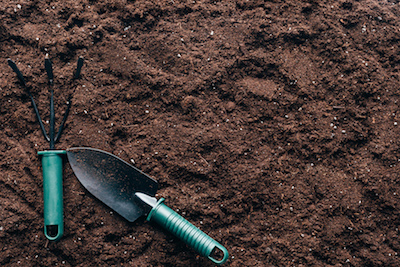
Environmental Benefits Of Growing Vegetables In A Microgarden
Growing your own vegetable in a microgarden is not only beneficial for you, but it can also have positive environmental impacts. By creating a small-scale garden, you are reducing the reliance on large-scale agricultural practices that can be damaging to the environment. Additionally, by growing organically and using fewer pesticides, you are helping to protect wildlife habitats and reduce soil erosion and water pollution. Furthermore, when you choose to compost your food waste, you are helping to create nutrient-rich soil that can be beneficial for the earth. All of these benefits contribute to a healthier and more sustainable environment – something we can all get behind.
By creating your own microgarden, you are taking responsibility for your health and doing what’s best for the planet. So why not give it a try and start reaping the benefits of homegrown vegetables today? You’ll be glad you did!
Conclusion
In summary, growing vegetables in a microgarden is a great way to get the most out of small spaces. It has many advantages over other forms of vegetable cultivation and it can even provide you with more crop diversity. With some research, carefully chosen plants, and dedicated follow-through, you can establish and maintain a microgarden in no time. Simple crops such as tomatoes, radishes, carrots, peppers, and cucumbers are just some examples of vegetables you can successfully grow in limited spaces. Additionally, less maintenance is required for popular crops like kale, Swiss chard, and lettuce. Finally, consider factors such as soil health, light conditions, and pest control for the best results when cultivating your veggies in small spaces. So next time you’re wondering, can you grow vegetables in a microgarden, you know the answer!
Related Questions
What are the best crops for indoor growing?
The best crops for indoor growing are herbs, leafy greens such as lettuce and spinach, tomatoes, peppers, cucumbers, and root vegetables like carrots and radishes. These all require minimal space and lighting to thrive indoors.
What is the difference between microgarden and traditional gardening?
The main difference between microgarden and traditional gardening is the amount of space and resources needed. Traditional gardening requires a large plot, while microgarden can be done in small spaces such as balconies and windowsills with minimal equipment. Microgardening also uses fewer chemicals and pesticides than traditional gardening, making it more environmentally friendly.
Is a micro-garden kid-friendly?
Yes, a micro-garden can be very kid-friendly. Growing vegetables in small spaces is an excellent way for children to learn about the environment and practice responsibility. It also allows them to interact with nature and enjoy nutritious, homegrown produce.
Does micro gardening take less time than traditional gardening?
Yes, micro gardening can be more time efficient than traditional gardening. As the size of the garden is smaller, it requires less maintenance and fewer resources to sustain. Additionally, as the space is smaller, you can focus on a few crops instead of trying to grow multiple things at once like in traditional gardening. This allows for easier harvesting and less squeezing between plants.


